The Science Behind Composting – Nourish the Planet on Earth Day
By Blog Editor Susan Wells
Spring time means getting out and enjoying the sun, watching the trees bloom and cleaning out those flower beds and garden patches and filling them with flowers and plants. Before you start clearing out the dead of winter and putting plants in the ground, get a little compost going.
Compost is the single most important supplement you can give your garden soil.
– EarthEasy.com
Compost creates nutrient-rich humus – a natural fertilizer. This super charges plant growth and helps keep moisture in the soil. Your water bill can be reduced by 20%. It also adds microscopic organisms that works to aerate the soil, break down organic materials and fight off plant disease and insects.
By composting your organic kitchen waste, your trash will be lighter and your footprint smaller. About 30% of household trash is compostable materials.
Materials Needed
- Carbon materials (The brown material) – newspaper, cardboard (not shiny), paper towel and toilet paper rolls, wool, cotton, dryer lint (from natural fibers only), egg shells, sawdust (lightly to avoid clumps), tea bags, shredded brown paper bags, conifer needles, bits of wood, hay, peet moss, coffee filters, stalks from perennial plants, end of season annual plants, branches, dry leaves, egg cartons made from paper, paper (not shiny).
- Nitrogen materials (the green material) – fruit or vegetable peels and cores, coffee grounds, all non-meat food scraps, manures (not pet waste), lawn clippings, green leaves, seasonal thinnings from the vegetable or flower garden.
- Do not put bones, fish scraps, dairy, fat (they will attract pests), plants treated with pesticide, perennial weeds or diseased plants. Also avoid black walnut leaves.
- Water
- Air
- Time
Composting Techniques
- There are several varieties of rotating composting tumblers on the market. They are expensive but don’t require a lot of work to rotate the material.
- Make your own composter. Purchase a plastic bin or garbage can and drill some holes in the top and sides to allow air to flow. Secure a cedar plank inside a garbage can and roll it to mix materials.
- Open air compost pile on the bare ground. This allows worms and other organisms to easily get into your pile and aerate.
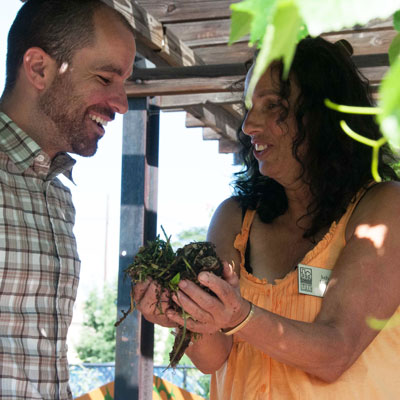
Build a Compost Pile
- Start with sticks or straw on the bottom to help with drainage and aeration. Then place carbon and nitrogen materials. DUG.org suggests you have 2/3 carbon and 1/3 nitrogen on a 3’x3’x3′ pile.
- Put a 4-6″ layer of mixed carbon materials on top of the sticks or straw.
- Add a 2-3″ layer of mixed nitrogen and one handful of garden soil.
- Mix the layers together and water until the pile feels as wet as a wrung out sponge.
- Continue to add layers, mix and water until pile reaches about 3′ high.
- If compost pile is on the ground, cover with black plastic, wood or carpet scraps. This will hold in the heat and moisture – two essential ingredients for great compost.
- Do not allow the compost to get soaked or overwatered. The pile should be moist.
Maintaining the Pile
- Rotate the pile once a week. Turn materials from top to bottom.
- Add a little water if compost isn’t moist.
- Add food scraps to the middle of the pile and cover with carbon material.
Mature Compost
- The compost is finished when it looks like dark potting soil and is reduced by half its original size.
- Contents are not recognizable.
How to Use It
- Add a few handfuls of compost into the top 4″ of the soil when planting plants. It can also be added lightly as a top-dressing around plants several times during the season. Compost should only be 25% of the potting soil around a plant, because it is so full of rich nutrients.
Don’t stress about getting it all exactly right. Composting is a natural process and this just speeds it all up. As long as you have all 5 of the main components, you will get nutrient-filled compost for your plants this spring and summer.
Another great idea is to move your compost pile every season and then plant in last year’s location. The soil will be perfect for growing vegetables and beautiful flowers.
Denver DUG.org offers composting classes and a lot of information on Urban gardening. They also have information on Vermicomposting (using a specific type of worm to compost).
EarthEasy.com offers a lot of information, trouble shooting and bins. Click the link for a chart of compostable materials, whether or not they are carbon or nitrogen and how to use them.
Thank you to both DUG.org and EarthEasy.com for help in pulling together this post.



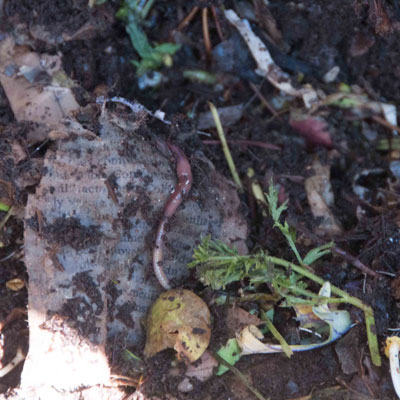
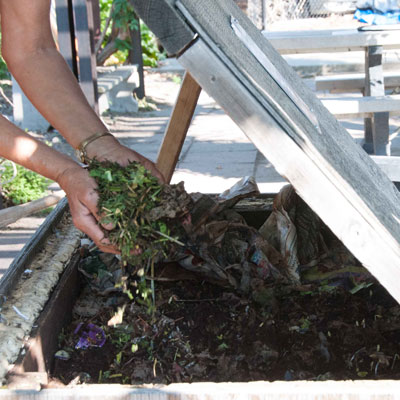
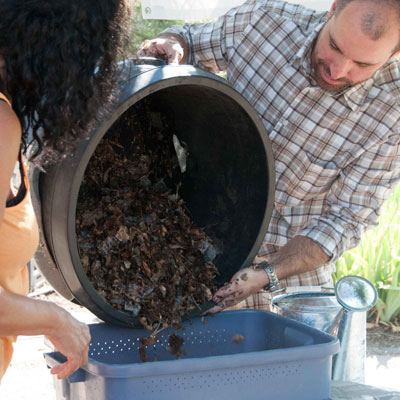


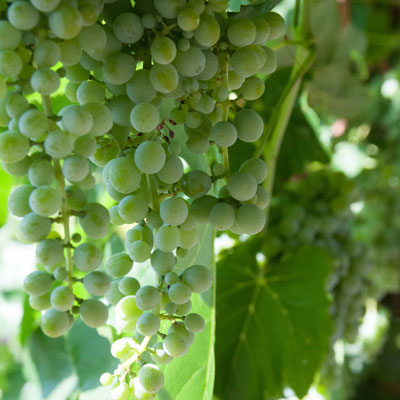
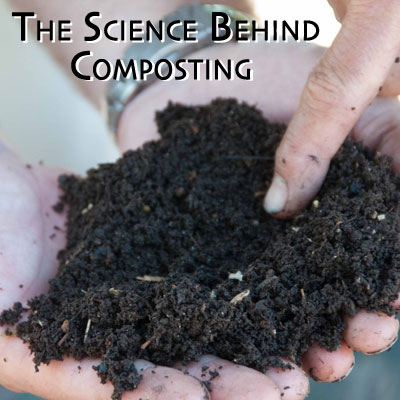

I am not a bot. (least I wasn’t this morning) and I think your blog posts ROCK!